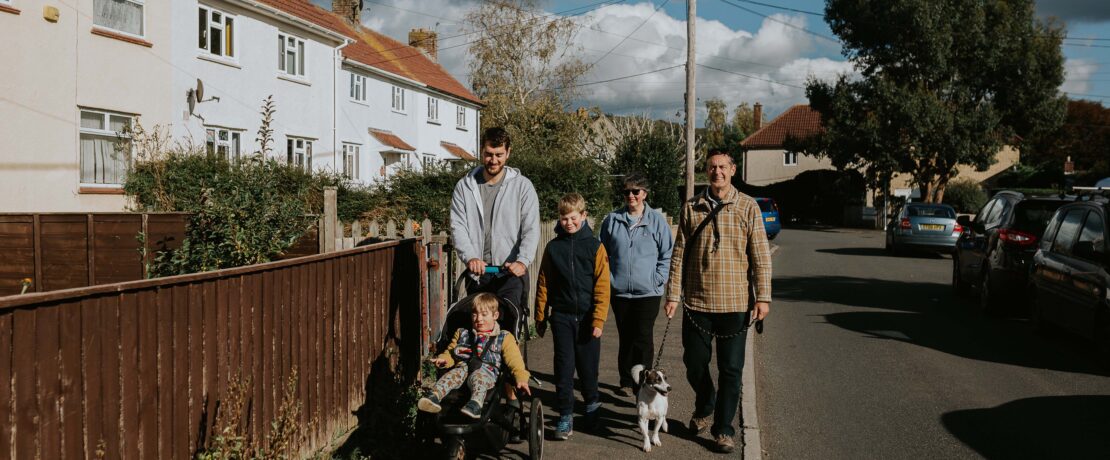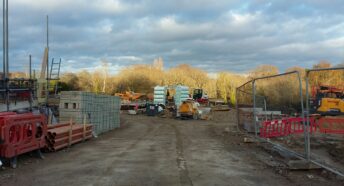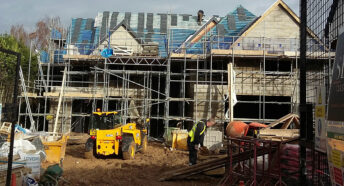Unravelling a crisis: the state of rural affordable housing in England
A decent home is the foundation for a decent life. But our new report shows that rural communities in England are facing an existential threat from an acute and overlooked shortage of genuinely affordable housing, forcing people out of the communities they know and love.
Our report, entitled ‘Unravelling a crisis: the state of rural affordable housing in England’, lays bare the impact of this crisis on real people, along with what is needed to fix it.
Extreme disparity between house prices and wages
There is an extreme disparity between rural house prices, which are higher than those in other parts of the country, and rural wages, which are much lower. House prices in the countryside have increased at close to twice the rate of those in urban areas in the five years to 2022. While the average cost of a home jumped 29% and is now £419,000, average rural earnings increased by just 19% to a total of £25,600.
Social housing sold under Right to Buy is not being replaced
More than 300,000 people are on waiting lists for social rented housing in rural England, an increase of over 10% since 2018. At the current rate of construction, it would take 89 years to offer a home to everyone on the waiting list.
Local authorities have not replaced social housing at the rate properties have been sold under the Right to Buy policy, leading to a chronic shortage of housing for people who need it most.
In rural areas, Areas of Outstanding Natural Beauty and National Parks, the government has legal powers to protect council housing purchased under the Right to Buy scheme from being sold off at market rates or as second homes. Our research is the first published study to look at the overall coverage of these so-called ‘Section 157’ powers. But we found that these powers do not apply as widely as they could, with up to half of all rural parishes not currently covered.
Planning policy is not delivering affordable housing
The definition of affordable housing in national planning policy – anything up to 80% of market value counts as ‘affordable’ – does not enable the delivery of homes that are genuinely affordable for local people. Rural social-rented delivery has plummeted with just 348 homes delivered in 2020/21 and 3,282 delivered in 2021/22, whilst general ‘affordable’ housing delivery has increased with 21,826 general affordable homes delivered in 2020/21 and 25,294 delivered in 2021/22. This shows it is more viable for developers to deliver intermediate and discount market housing rather than lower rent homes that are desperately needed.
The current mechanism for securing affordable housing in new developments is via planning agreements where developers can negotiate the proportion of affordable homes delivered down due to viability concerns. We know this is happening here in Hertfordshire – see our report on Gilston in East Hertfordshire.
In response, some local authorities are tightening up the policies in their Local Plans. For example, in their Local Plan adopted in 2022, North Hertfordshire Council requires a minimum of 40% affordable housing on sites of 25 or more dwellings, of which 65% of the affordable housing must be for rent, and all of the affordable housing must be secured for first and subsequent occupiers through an appropriate condition or legal agreement.
Recommendations
The report contains recommendations that CPRE believes will help to solve the severe housing crisis in the countryside. It includes calls for the government to:
- Redefine ‘affordable housing’ to directly link to average local incomes
- Increase the minimum amount of genuinely affordable housing required by national planning policy and implement ambitious targets for the construction of social rented homes.
- Support local communities to deliver small-scale developments of genuinely affordable housing and make it easier for councils to purchase land at reasonable prices, enabling the construction of social housing and vital infrastructure.
- Introduce a register of second homes and short-term lets, with new powers for local authorities to levy additional council tax on second homes.
- Extend restrictions on the re-sale of ‘affordable housing’.
Read the full report
Read our 2023 affordable housing report here. We’ve also created a guide to the terminology, to help readers interpret the report and understand some of the key policy mechanisms.








